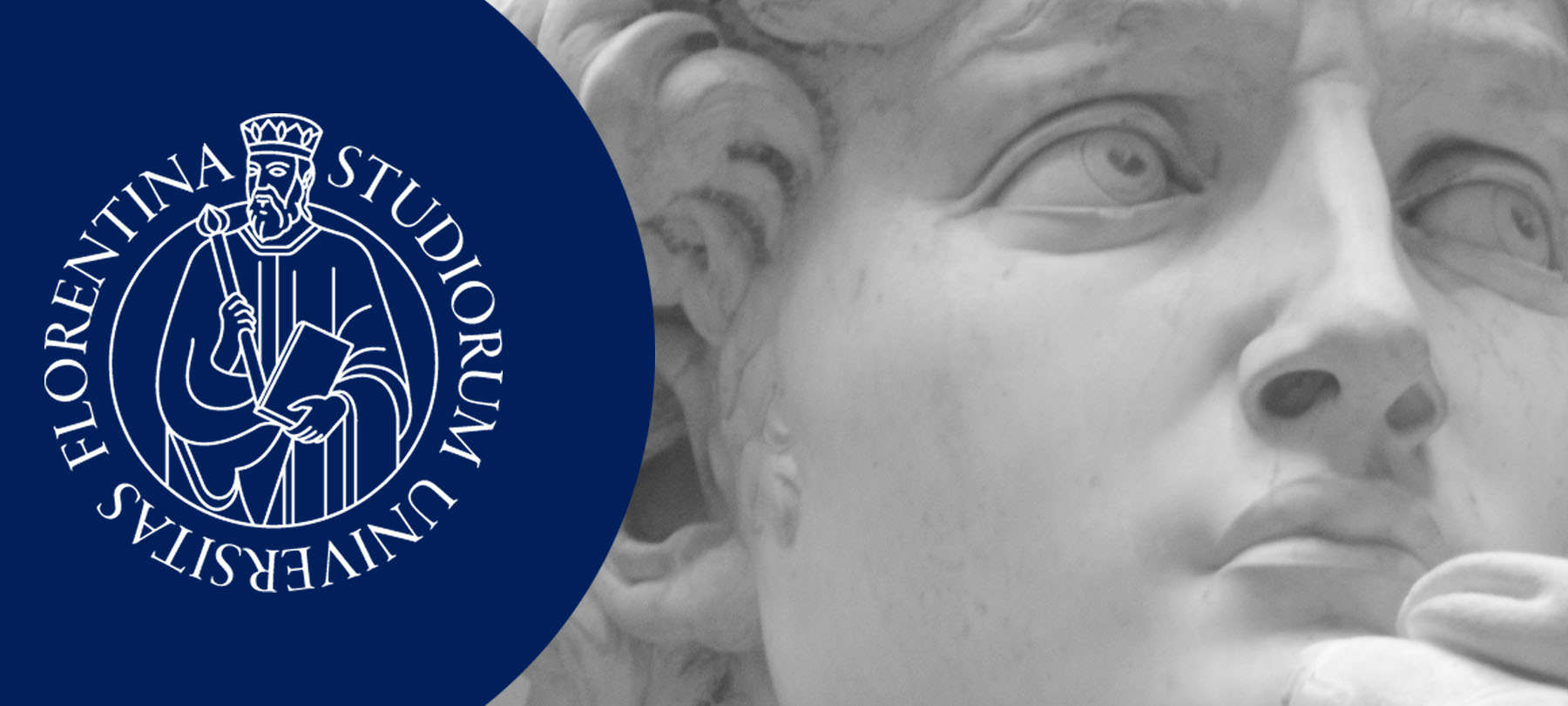
This course is an introduction to the physics of galaxies, from our own Milky Way and the Local Group to more distant galaxies in the present-day Universe and up to cosmological distances.
The course is dived in two parts, the Milky Way and the Local Group taught by Dr. Laura Magrini, and a properly extragalactic part taught by Dr. Stefano Zibetti.
Here is a short list of topics:
The Milky Way and the Local Group: their structure; stars and stellar populations; star clusters; stellar spectroscopy; origin of chemical elements; formation and chemo-dynamical evolution of the Milky Way; the Galactic interstellar medium.
Galaxies: Morphology and structure. Multiband photometry and spectroscopy. Stellar populations, gas and ISM. Chemical content. Scaling relations. Kinematics and dynamical evolution. Environmental effects. Cosmological evolution. Active galactic nuclei.
The course provides knowledge on fundamentals of Galactic and extragalactic astrophysics, the physical mechanisms underlying the main measurements of the physical properties of stars, stellar populations, galaxies, active galactic nuclei, the phenomenology of galaxies, active galactic nuclei and their interaction with the surrounding environment. It also provides a historical perspective of the research field and future perspective on the most debated topics in the scientific community.
The student will acquire competences about the spectroscopy and photometry of resolved stellar population to understand the structure and evolution of the Milky Way and of nearby galaxies; the multi-wavelength observations for characterizing galaxies, their formation and evolution, and for measuring the fundamental cosmological parameters; the scaling relations and their use to derive information about the physics of galaxies and their evolution.
The course also enables the comprehension and critical understanding of the specialized literature.
- Docente: MAGRINI LAURA
- Docente: ZIBETTI STEFANO
